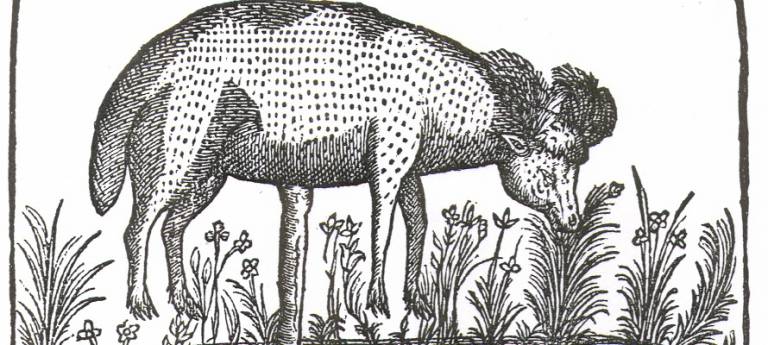Representing ‘Reality’ in European Travel Narratives of the Safavid Empire
18 October 2017, 4:30 pm–7:00 pm

Event Information
Open to
- All
Organiser
-
Early Modern Exchanges
Location
-
Institute of Advanced StudiesGower StreetLONDONWC1E 6BTUnited Kingdom
Early modern European travellers to the Safavid Empire were very interested in documenting the exotic sites and customs that they encountered during their voyages, from cityscapes to geographical information, as well as foreign costumes, religious practices, material objects, flora and fauna, and antiquities. Visitors described and analyzed Zoroastrian rites and rituals, they gave detailed accounts of the Shia Muharram mysteries celebrated in cities such as Isfahan, Ardabil, and Shamakhi, and provided depictions of ancient sites such as Persepolis.
This paper will consider how information produced about the Safavid Empire by travelers was translated for a European audience in both narrative and visual form. How are images (woodcuts, engravings, maps) that are found in one edition of a travel account changed or adapted for later editions, and what kind of images are recycled by later publishers or translators? In some cases, European artists/engravers, who had not traveled to the Safavid Empire, were hired to create depictions of the area—how did they approach such a task and what kind of exotic elements did they include in their representations? Special attention will be paid to early modern illustrations of the area of Azerbaijan and Shirwan by early modern Dutch and German travelers such as Adam Olearius, Engelbert Kaempfer, Jan Struys, and Cornelis de Bruyn.
Speakers
Elio Brancaforte received his Ph.D. in Comparative Literature in 2001 (Harvard University) and is an Associate Professor at Tulane University (New Orleans), specializing in 16th- and 17th-century German literature and culture.
His scholarly interests include early modern travel literature, translation, cultural exchange, theories of representation, the history of the book, German baroque drama, and the history of cartography. The relationship between word and image is an underlying theme in much of his research and informs his current book project: Europe Discovers Iran and Azerbaijan: Dutch and German Representations of the Safavid Empire (1635-1712). Currently he is organizing an exhibition on “Travels to the Land of Silk and Fire: Encounters between Britain and Azerbaijan (1561-1918)” that is scheduled to be shown at the Royal Geographical Society in May 2018.
Jerry Brotton, Professor of Renaissance Studies at Queen Mary, will be giving an overview and response to Elio's paper. His most recent book This Orient Isle: Elizabethan England and the Islamic World (Penguin, 2016) was a Radio 4 Book of the Week and a Waterstone’s Non-Fiction Book of the Year. It was also published in the United States as The Sultan and the Queen (Viking 2016). He is currently curating an exhibition on maps at the Bodleian Library, Oxford (2019), writing the accompanying exhibition catalogue, and writing a book on the history of discovery.
 Close
Close

